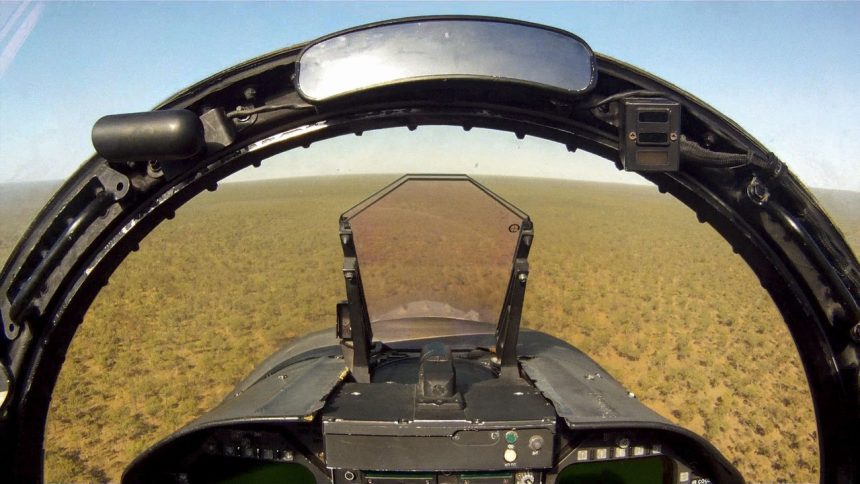Aircrew from VMFA(AW)-242, Marine All-Weather Fighter Attack Squadron 242, Marine Aircraft Group 12, 1st Marine Aircraft Wing, are currently deployed to Royal Australian Air Force Base Tindal, Australia, for Exercise Southern Frontier which began Aug. 5, 2013.
The U.S. Marine Corps has been focusing on LAT (low altitude tactic) in the large airspace of Australia’s Northern Territory where they are free to conduct low altitude training that is impossible to perform while they are at their Japanese homebase at Marine Corps Air Station Iwakuni.
“In Japan we are forced to fly and adhere to host country rules, which inhibits us from going below 500 feet,” said Maj. Frank Savarese, the pilot training officer for VMFA(AW)-242. “We have a wonderful opportunity to come down to Australia and take advantage of all of these ranges that Australia has to offer to us, which allows us the opportunity to fly low.”
As already mentioned before, while discussing insane low level videos of F/A-18s and other aircraft types, the fact that most recent scenarios, in which the combat planes could quietly operate at medium or high altitude with stand off weapons, because of the lack of anti-aircraft threats, doesn’t imply there’s no longer need to to train for flying at low level.
To be able to fly at less than 2,000 feet can be useful during stateside training too, when weather conditions are such to require a low level leg to keep visual contact with the ground and VMC (Visual Meteorological Conditions).
Aircraft involved in special operations, reconnaissance, Search And Rescue, troops or humanitarian airdrops in trouble spots around the world may have to fly at low altitudes.
Even a stealth plane (or helicopter), spotted visually by an opponent, could be required to escape at tree top height to survive an engagement by enemy fighter planes or an IR guided missile.
This image gives a hint of what flying at very low level looks like from the cockpit of a Hornet.
Image credit: U.S. Marine Corps

















